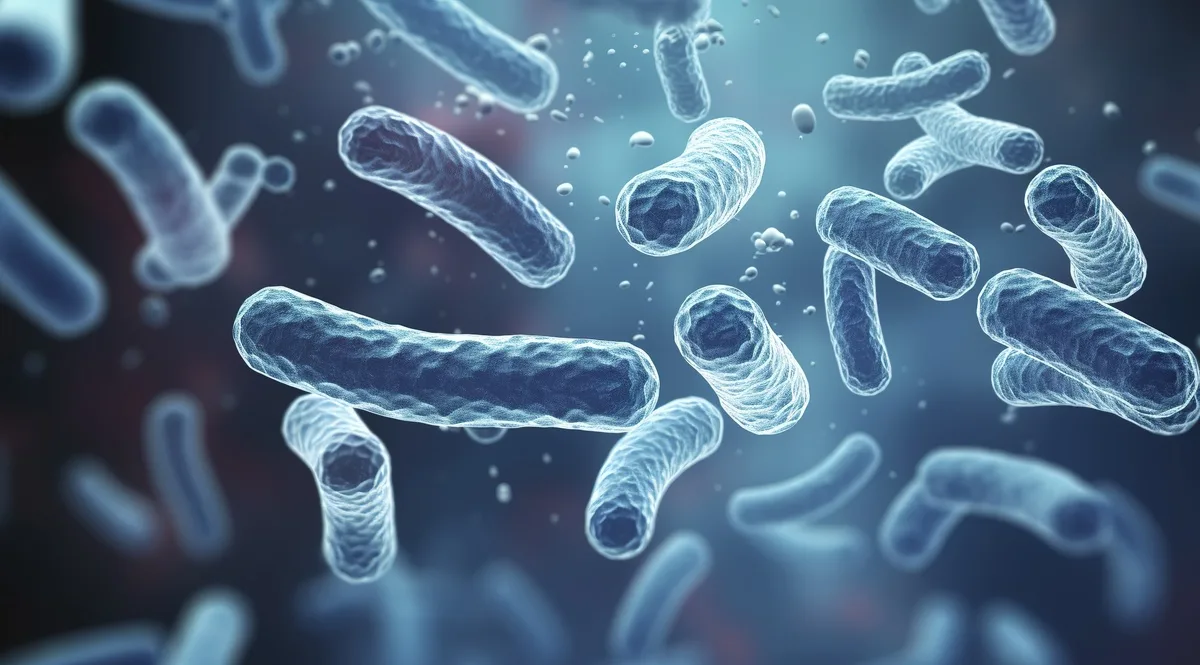Physical Address
304 North Cardinal St.
Dorchester Center, MA 02124
Physical Address
304 North Cardinal St.
Dorchester Center, MA 02124

Tiny organisms may hold big answers for our planet
Climate change is often framed in terms of melting ice caps, rising sea levels, and greenhouse gas emissions. What tends to be overlooked is the critical role that invisible life forms—microorganisms—play in shaping our planet’s environmental balance. These microbes, ranging from bacteria and archaea to fungi and algae, may be some of the most powerful allies in humanity’s fight against global warming. Recent research has shone new light on their ability to capture carbon, influence ecosystems, and even inspire new green technologies. Far from being passive background actors, microorganisms are active participants in climate change solutions.
At first glance, microorganisms might seem too small to matter on a planetary scale, but collectively their presence is staggering. Trillions upon trillions of them inhabit every corner of the Earth, from deep-sea vents to arid deserts, contributing to the cycling of nutrients that sustain life. Without these hidden workers, ecosystems would collapse. Yet what is being increasingly recognized is how their activities intersect with carbon, nitrogen, and methane—the very gases that are driving climate change.
An essential part of their influence comes from the way they break down organic matter. When microbes digest plant material in soils or oceans, they determine whether the carbon stored within becomes locked away for centuries or quickly released into the atmosphere. This fine balance can make the difference between land acting as a carbon sink or a carbon source. Microbes, despite their humble size, are therefore integral to regulating Earth’s climate stability.
Marine microorganisms play particularly crucial roles. Phytoplankton, the microscopic plants of the ocean, absorb enormous amounts of carbon dioxide through photosynthesis, effectively functioning as the “lungs of the planet.” When they die or are consumed by other organisms, some of that carbon sinks deep into the ocean, sequestering it away for long periods of time. It is a massive natural process invisible to most of us, yet central to Earth’s carbon budget.
In terrestrial environments, microbes associated with soil health are equally vital. Mycorrhizal fungi, for example, extend the root systems of plants, enabling better nutrient absorption and enhancing carbon storage in soils. Similarly, nitrogen-fixing bacteria sustain plant growth in environments where nutrients are scarce. Collectively, microorganisms underpin natural carbon cycles that both aggravate and mitigate the climate crisis, depending on how human activity alters their habitats.
One of the most promising features of microorganisms is their ability to directly interact with greenhouse gases. Certain bacteria consume methane—a gas that is far more potent than carbon dioxide in trapping heat. Methanotrophs, as they are called, effectively act as natural filters in wetlands and agricultural soils where methane is commonly released. Enhancing their presence or activity in such ecosystems could substantially reduce global warming potential.
Meanwhile, other microbes are capable of fixing carbon dioxide, turning it into organic biomass or even transforming it into minerals. Cyanobacteria, ancient photosynthetic microorganisms, are particularly efficient at this task and have existed for billions of years. By capturing carbon from the air and locking it away in stable forms, microbial processes could serve as complementary strategies to large-scale engineered carbon-capture technologies.
Wetlands and peatlands showcase how microorganisms influence long-term storage of carbon. These unique landscapes thrive on slow decomposition caused by waterlogging, which is regulated by microbial communities. Although these ecosystems are currently threatened by human activities, maintaining and restoring microbial balance within them would preserve their carbon-sequestering power. Protecting microbial ecosystems can, in essence, protect the planet’s carbon stores.
The challenge lies in managing these processes without creating unintended consequences. For instance, stimulating microbial activity in one context might enhance carbon storage but inadvertently release nitrous oxide, another potent greenhouse gas. Scientists are therefore studying how to carefully tune microbial communities for climate benefit. As understanding deepens, managing microbes may become just as important as managing forests or oceans in future climate strategies.
Beyond their natural roles, microorganisms are now being engineered and applied in novel ways to tackle climate change. Synthetic biology has opened the door to designing microbes that can enhance carbon capture efficiency or transform waste products into useful materials. For example, specially modified strains of algae are being cultivated to produce biofuels, offering a renewable alternative to fossil resources.
In the agricultural sector, microbial innovations show immense promise. Scientists are exploring soil inoculants—microbial additives that can increase fertility while simultaneously locking carbon into the ground. If scaled thoughtfully, these biological solutions could transform farming into a carbon-negative activity rather than a carbon-intensive one. Farmers would benefit from healthier soils, while society benefits from reduced emissions.
Microbes are also used in industrial applications for reducing atmospheric impact. Some engineered bacteria can convert carbon dioxide directly into bioplastics, offering a dual advantage of cutting emissions while creating sustainable materials. Start-ups and research initiatives are racing to improve the scalability of these systems, which could revolutionize manufacturing practices in the future.
However, with opportunity comes responsibility. Introducing engineered microbes into ecosystems raises ethical and ecological concerns. Rigorous testing, transparent regulation, and careful deployment will be essential to ensure that biotech solutions contribute positively without causing new problems. When managed properly, microbial biotechnology could become one of the most powerful and sustainable tools in humanity’s climate toolkit.
The story of microorganisms is a reminder that solutions to climate change can come from places we least expect. These invisible powerhouses have been shaping Earth’s atmosphere for billions of years, long before humans became aware of greenhouse gases. Today, through natural processes and innovative biotechnology, they offer tools that could fundamentally reshape our response to the climate crisis. While microbes alone cannot solve global warming, their potential as allies is immense. As research deepens and applications expand, humanity’s partnership with these tiny life forms might prove to be one of the most impactful climate strategies of the century.